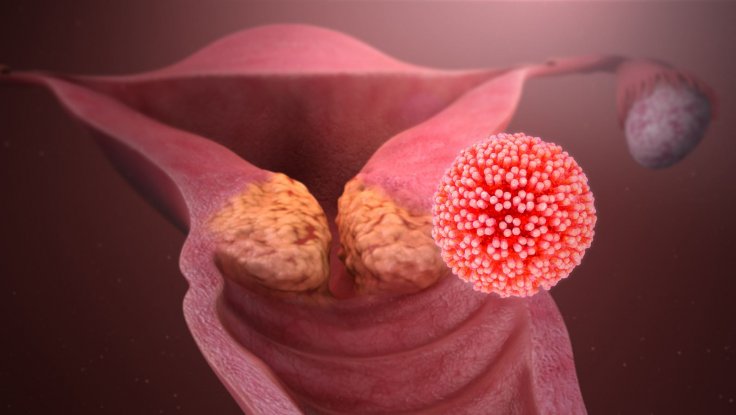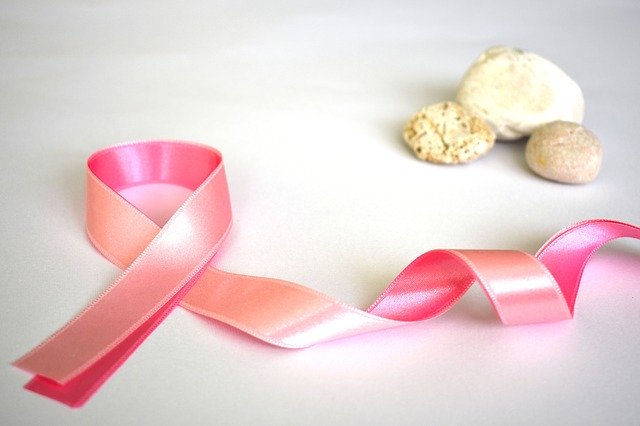Cervical cancer is one of the most common forms of cancer affecting women across the world. According to American Cancer Society's estimates, 13,800 new cases will be diagnosed in 2020 along with 4,290 deaths in the United States (US). However, a new study suggests that a single shot of the human papillomavirus (HPV) vaccine can be effective in keeping preinvasive cervical disease—that often leads to cervical cancer—at bay.
The study conducted by researchers at The University of Texas Medical Branch at Galveston, found that a single dose of the vaccine, administered to young girls between the ages of 15 to 19 years, was as effective as multiple doses in preventing the onset of preinvasive cervical disease. This effectively reduces the risk of developing cervical cancer in the future.
Dr Ana M Rodriguez, lead author of the study said in a statement, "This study shows the impact of vaccinating at younger ages and its lasting long-term protection against cervical cancer."
Human papillomavirus (HPV)
HPV is one of the most prevalent sexually transmitted infections in the US. Nearly 14 million cases are diagnosed in the country every year. There are various forms of HPV, ranging from warts to cancer-inducing ones. Women who contract frequent infections due to certain kinds of viruses—specifically HPV— are at a larger risk of developing cervical cancer.

Before the final onset of cancer, HPV leads to preinvasive cervical disease. It is the most aggressive among girls aged 16-17 years. The Centers for Disease Control and Prevention (CDC) advises that adolescent boys and girls under the age of 15 years be administered a two-dose schedule of the HPV vaccine.
Understanding the effectiveness of the vaccine
In order to ascertain the efficacy of variations in the drug schedule, the researchers analysed data on females between the ages of 9 to 26, who were had not received a vaccination or have received one or more doses of the HPV vaccine between January 2006 and June 2015.
The study looked at data on 133,082 females— 66,541 unvaccinated and 66,541 vaccinated. It was found that among females between the ages of 15 to 19—who had received one to three doses of the HPV vaccine—the rates of preinvasive cervical disease were significantly lower than unvaccinated adolescent girls.
A single dose as good as multiple
A concerning finding was that among unvaccinated girls aged 15 to 19 years, 2.65 percent of them developed preinvasive cervical disease within five years. In comparison to this, only 1.62 percent of the girls who had received only one dose of the vaccine developed the disease. In girls who had received two and three doses of the vaccine, the rate of emergence of the disease was 1.99 percent, and 1.86 percent respectively.

Compared to unvaccinated adolescent girls, teens who had received one, two and three doses of the vaccine had lowered risk of 36 percent, 28 percent, and 34 percent respectively, of developing preinvasive cervical disease. However, notable differences as far as the risk of the disease goes were not found in other vaccinated groups (i.e) youngest groups lower than 15 years and the oldest groups who were 20 years and above.
Advancement of public health concerns
One of the most raging debates in the US currently is that of vaccination. Over the years, the number of parents choosing to refrain from vaccinating their children is on the rise. The subject has come to the fore once again due to the increasing number of flu-related deaths in the US. This study can add weight to the merits of vaccination. "It is important to educate parents about the need to vaccinate their children," said Dr Rodriguez.
In an editorial accompanying the study, the authors discuss the implication of the study's findings on public health. The authors wrote, "If one dose of HPV vaccine was sufficient for effective protection, HPV vaccine implementation and scale-up would require less logistics..., available doses could extend further, and the overall cost would be lower."









